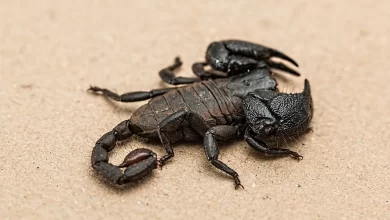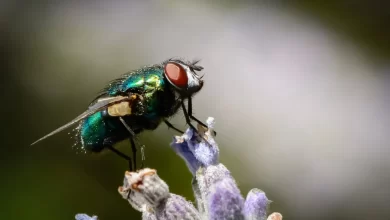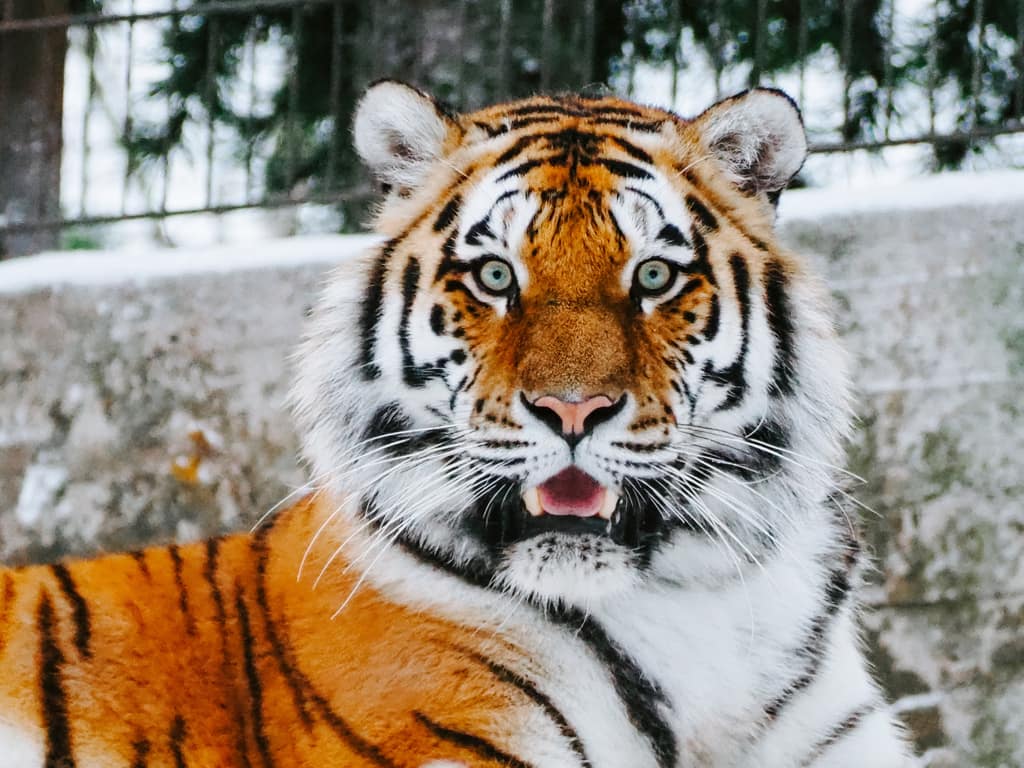Dolphins are highly intelligent aquatic mammals that breathe through a blowhole on the top of their heads. They are extraordinary creatures who have evolved a type of sonar called echolocation to search and prey. Dolphins are carnivores aquatic mammals, mostly eating fish and squid. They have a friendly reputation, but they are wild animals that should be treated with respect and caution. Interactions with humans have a negative impact on dolphin activity. They lose their normal vigilance, making them easy prey for vandals and shark attacks.
- Dolphins are the most friendly marine animals to humans.
- 1 in 6 dolphins in the Bahamas has been bitten by a shark.
- Dolphins do not sneeze in the way a land animal does; these marine mammals are able to voluntarily cough or exhale oxygen at an extremely fast pace when they are sick or suffering from a respiratory infection.
- They are trained to turn in trash in exchange for fish. One dolphin was smart enough to hide paper under a rock and tear off small pieces in order to get more fish.
- Some species of Dolphins sleep with one eye open.
- Dolphins can swim and sleep at the same time.
- Dolphins don’t have external ears, and they hear by having sound waves transmit through their skull to their inner ear region.
- Despite having no ears, bottlenose dolphins hear sounds with a frequency of up to 160 kHz with the greatest sensitivity ranging from 40 to 100 Khz. In comparison, the average hearing of humans is about 0.02 to 20 kHz.
- Some dolphins can swim up to 20 miles (32 km) per hour when they work hard. Whereas on average, they swim at 3 to 7 miles per hour.
- The majority of dolphins are marine, living in the ocean or brackish waters along coastlines. However, there are a few species that live in freshwater streams and rivers, such as the South Asian river dolphin and the Amazon river dolphin, or boto.
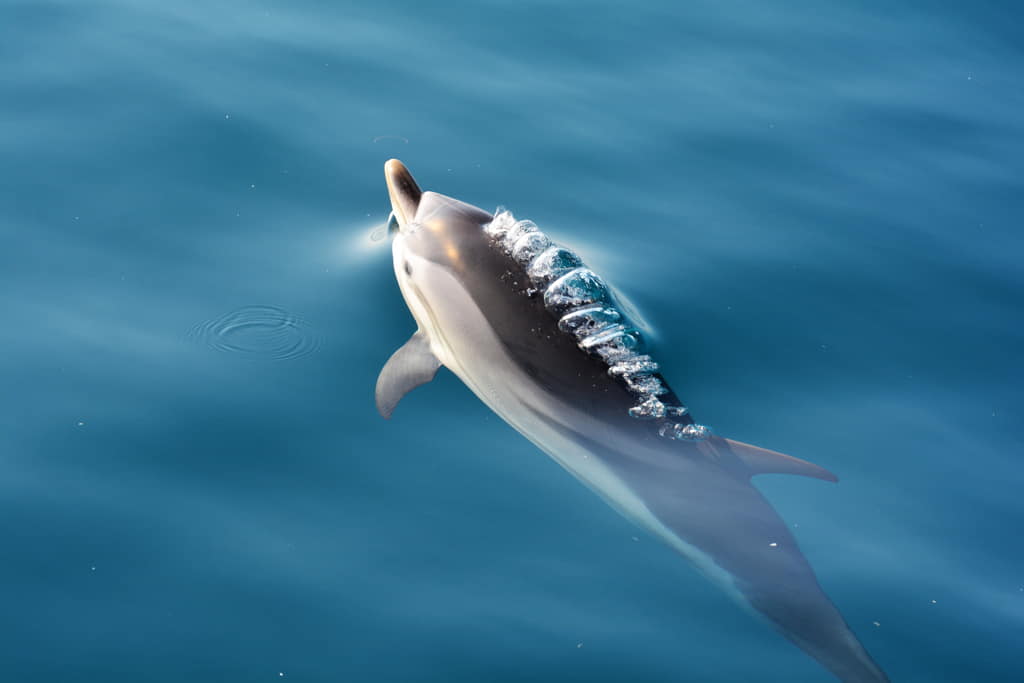
- A species of dolphin is born naturally blind in the Indus and Ganges rivers in South Asia. These dolphins have a highly sophisticated sonar system and swim on only one side of their body.
- The largest member of the dolphin family is orcas(which is a killer whale) or blackish, weighing 19000 pounds.
- The bottlenose dolphin can have a lifespan of over 40 years, whereas striped dolphins can live up to 60 years.
- A female dolphin will assist in the birth of another’s baby dolphin.,If it is a difficult birth, then the other dolphin might help pull out the baby. Other dolphins, will swim around the mother during birth to protect her.
- There are dolphins that live in the Amazon River that are of the color pink.
- Dolphins do not breathe automatically as humans do and will die if given a general anesthetic. They must sleep at the surface of the water with their blowholes exposed.
- Dolphins shut down only half of their brain while they sleep to stay alert and breathing.
- Dolphins can kill sharks by ramming them with their beaks.
- Dolphins typically do not live alone but rather in schools or pods. They have a complex social structure and seem to have a wide range of emotions, including humor.
- No one knows exactly that why dolphins beach themselves(comes on the beach). But because dolphins may use the earth‘s magnetic field to navigate their way, some scientists believe that some places where dolphins strand have an abnormal magnetic field.
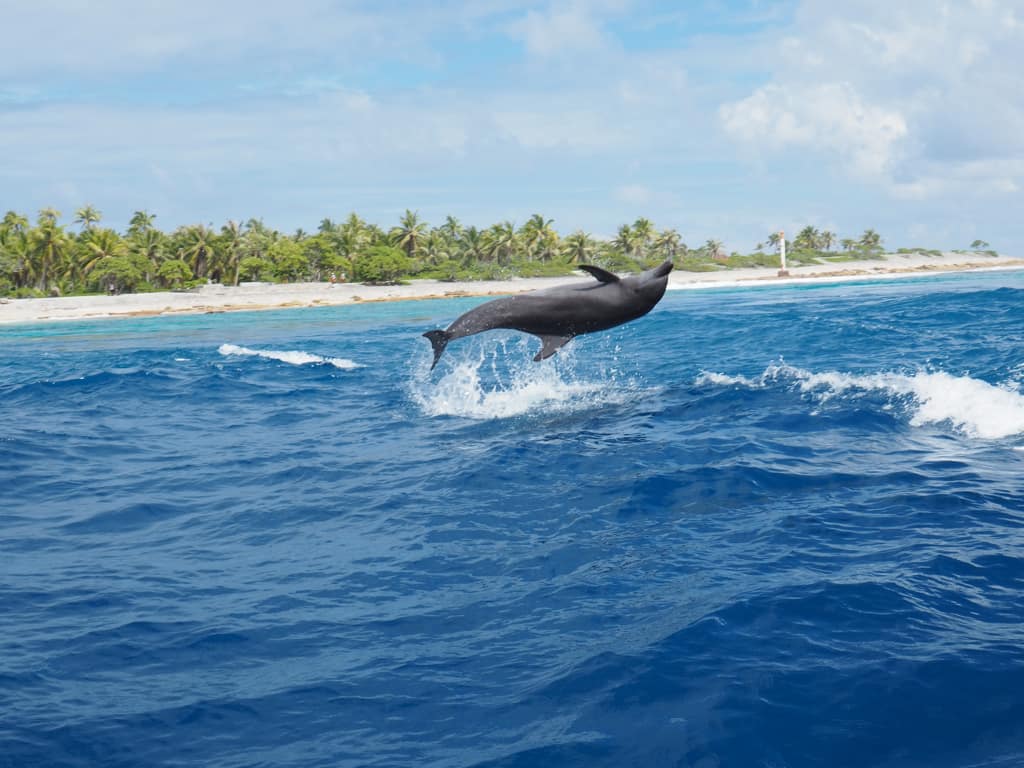
- Dolphins often practice fishwacking swatting their victim with its broad flukes as the fish tries to evade capture. Some scientists think that dolphins can also use their high-pitched sounds to stun or paralyze fish while hunting.
- While most wild animals avoid contact with humans, wild dolphins are known to play and associate with humans, especially children.
- Unlike most wild animals, dolphins spend a lot of time enjoying sex and foreplay that is not determined by being seasonal or the urge to procreate.
- The dolphin’s most dangerous enemy is humans.
- Dolphin sonar seems not to detect the fine threads of fishing nets, and millions of dolphins have drowned as a result of becoming entangled.
- Dolphins play around boats, surfing the bow waves and even helping fishers by signaling when the best time to cast their nets and then herding the fish into them.
- Public outrage over the death of millions of dolphins in the 1960s prompted the introduction of the Marine Mammals Protection Act (MMPA) by the U.S. in 1972, which was substantially updated in 1994 with the addition of the Zero Mortality Rate Goal (ZMRG). The ZMRG required fisheries to reduce incidental mortality and severe injuries to marine mammals to levels approaching level zero.
- In 1971, the Navy dispatched a team of dolphins armed With large carbon-dioxide-filled hypodermic needles strapped to their beaks to guard a U.S. Navy base in Vietnam. The dolphins had been taught to hunt humans swimming in the water and prod them with their beak, delivering a fatal injection in the human’s lungs or stomachs.
- Dolphins have a unique feature called echolocation. They emit a series of clicks and pings that travel long distances through water. When the sound hits an object, echoes are bounced back to the dolphin, enabling it to literally hear the distance, shape, density, movement, and texture of an object.
- By using echolocation, they can distinguish between types of fish the same size, between aluminum and brass, and between a steel ball that is 2½ in diameter and one that is 2¼ in diameter.

- A dolphin can produce whistles for communication and clicks for sonar at the same time, which would be like a human speaking in two voices, with two different pitches, holding two other conversations.
- A 260 lb(117 kg) dolphin eats approximately 33 lbs(15 kg). of fish daily, which is akin to a human eating 15-22 lbs. of steak a day – but the dolphin won’t gain any weight from it.
- Dolphins don’t have a sense of smell because smell cant travels much in the water, but they do have a sense of taste, and, like humans, they can distinguish between sweet, sour, and bitter but cant taste salty food.
- Dolphins swim in the water by moving its tales(which are made up of flukes) up and down, unlike other fishes, which moves its tail from side to side.
- Dolphin carries more oxygen in its blood than any other fish, which allows them to swim longer and makes them more adaptable to any other species in the sea.
- A dolphin’s eyes produce tears that have a slippery secretion that protects the eye against foreign objects, infection and reduces friction between the surface of their eyes and the surrounding seawater. Marine dolphins see quite well both below and above the water.
- Dolphins have no jaw muscles for chewing, whereas their teeth are used for grasping.
- Dolphins are counted as Intelligence creatures. The brain is the second most powerful and complex brain in the whole animal species (just next to humans).
- Dolphins shows signs of being self-aware. They can also understand as many as 60 words and can make up 2000 sentences.
- If a dolphin inhales just one tablespoon of water in the lungs, it could drown. Whereas humans can drown if two tablespoons of water get into our lungs.
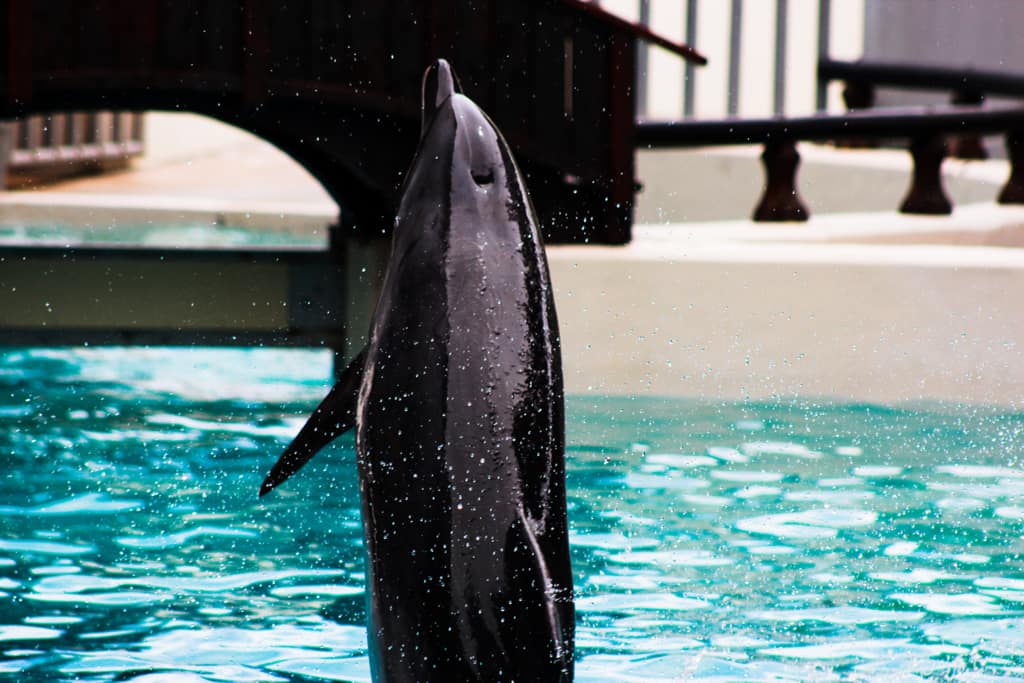
- A baby dolphin is born tail-first to prevent drowning. After the mother breaks the umbilical cord by swiftly swimming away, she must immediately return to her baby and take it to the surface to breathe.
- A baby dolphin must learn to hold its breath while nursing.
- The blowhole is an evolved nose that has moved upward to the top of the dolphins head. Air can be expelled from a dolphin’s blowhole at speeds of whooping 300mph (480kmph).
- A dolphins body has adapted to avoid the bends (the formation of air bubbles in blood and tissues as a diver returns to the surface of the water) . They do this by completely collapsing its ribcage, forcing the air under pressure out of its lungs and into the windpipe and the complex air chambers that lie below the blowhole.
- There is a species of dolphins known as the narwhal dolphin that has a large ivory tusk just like a unicorn which is often poached. Now they are scarce species and are found in the Greenland Sea and the Baffin Bay.
- There are about 38 species of marine or oceanic dolphins, whereas five species of river dolphins. However, a new species was also found in 2011, which counts to be a total of 44 species of dolphins present on the planet today.
- The word dolphin is derived from the Greek word delphys which means womb.
- Dolphins have the longest memory in the whole animal kingdom.
- Dolphins have a loving nature and playful attitude, which is popular among the human culture. They often interact with humans in the water and can also be seen jumping out of the water, riding waves, and play fighting.
- The greeks called dolphins as sacred animals. Whereas in ancient Rome, it was believed that dolphins carry souls to the islands of the blest.
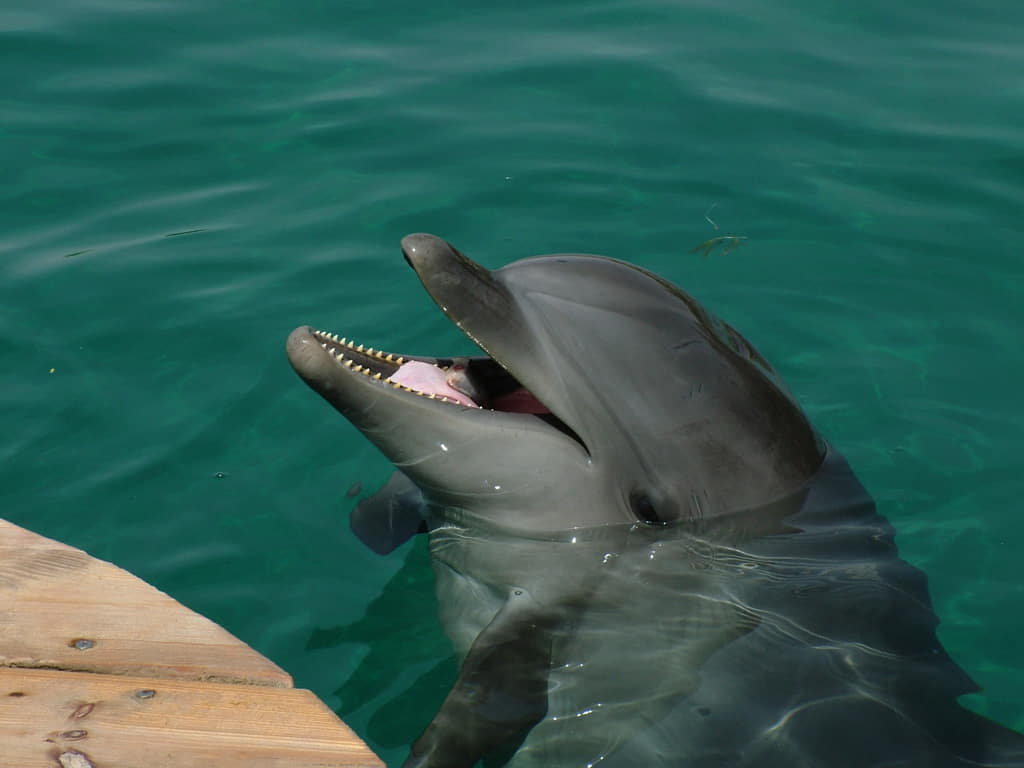
- Female dolphins are called cows, males are called bulls, and young dolphins are called calves.
- Dolphins live in schools or pods of up to 12 individuals.
- Bottlenose Dolphins that live in deeper, open waters have been seen herding schools of fish by swimming around the school in a tightening circle. They will slap the fish with their tailfins, which stuns them, and then, once the school of fish is gathered in a tight ball, they will take turns swimming through the ball and feeding.
- Dolphins only “sleep” half-awake – keeping one eye open while consciously breathing and floating on the surface and thus never gets into a deep sleep, which means they never get dreams.
- Hector’s dolphin is the world’s smallest and rarest dolphin which is found in the waters of new zealand.


